SNB board member Andrea Maechler said yesterday, “our mandate is to bring down inflation and we will use the tools we have to do so… If we see our inflation forecast above 2 percent, we will continue to raise rates.”
“Inflation started with shocks but it’s no longer just shock-driven,” Maechler said. “We see inflation as having the risk of being more persistent.”
“It’s very important that we maintain the focus on implementing the policies to reach price stability in a consistent and sustainable way.”
Regarding Swiss Franc exchange rate, she said the appreciation “has been actually helping us keep our inflation much lower than in some of our neighboring countries.”
Yet, she added, “We’re willing – if the exchange rate were to rise too rapidly, too high – to use intervention to buy foreign exchange… We’re also willing, if the exchange rate were to become too weak, to sell exchange rate but we’re not yet ready to reduce our balance sheet as a policy in itself. This is not the right time.”




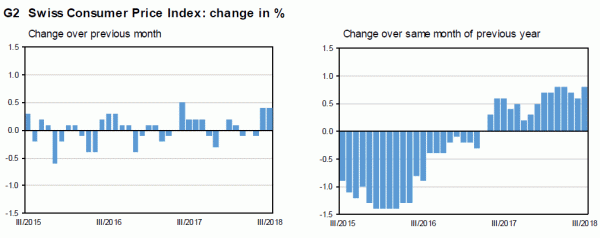
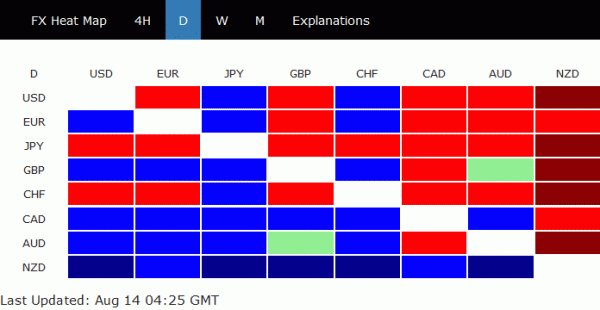
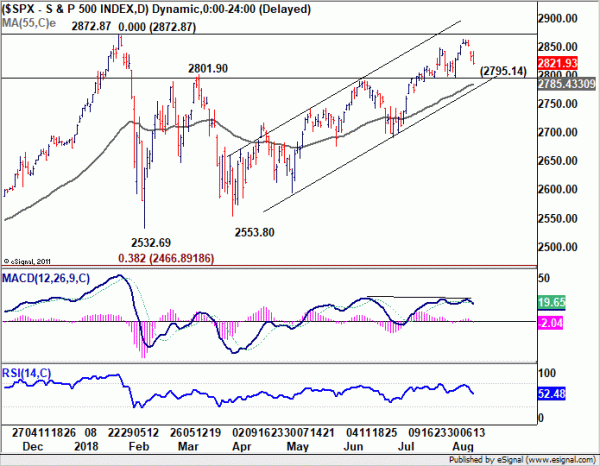
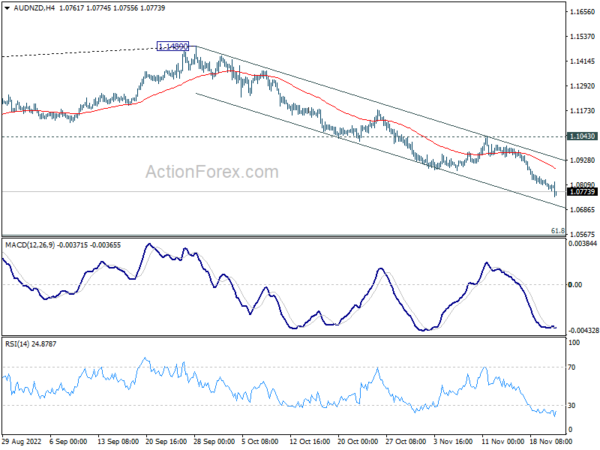
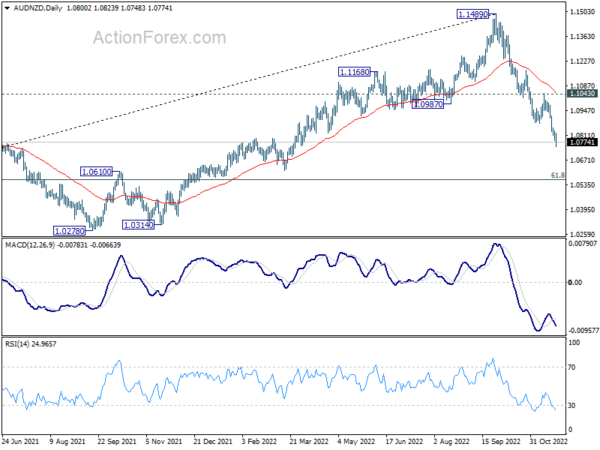
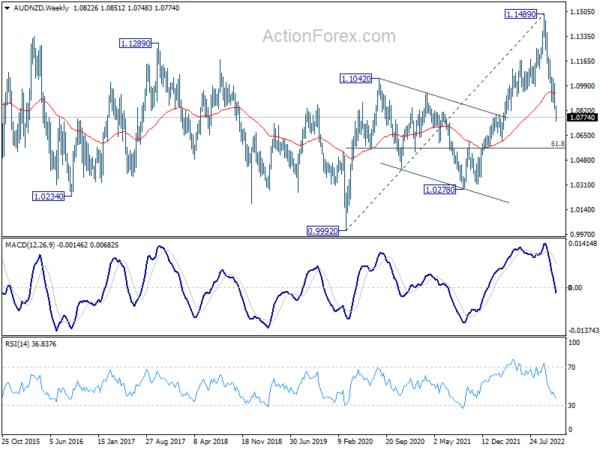
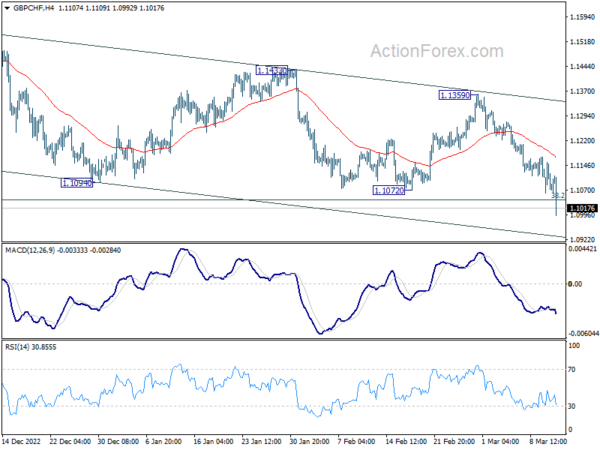
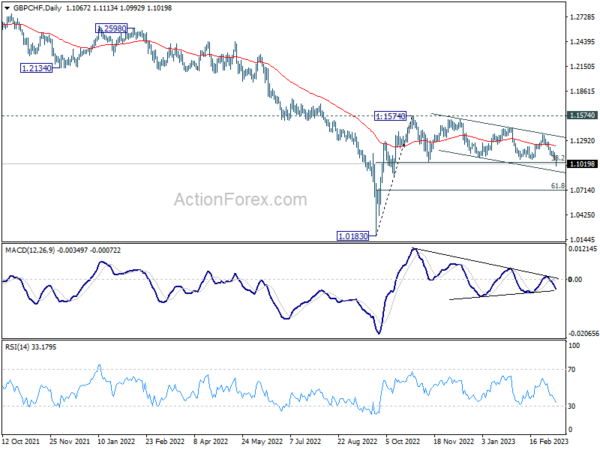
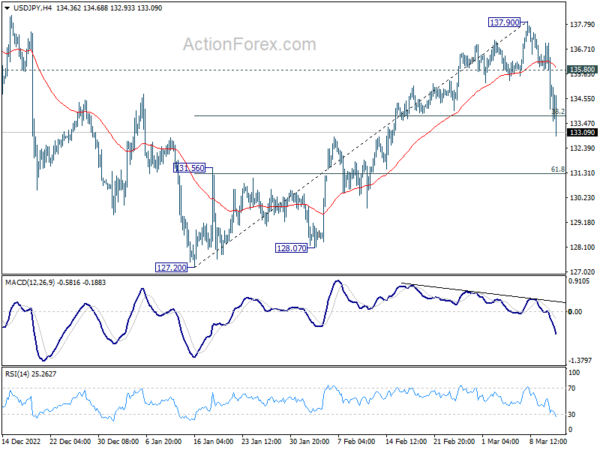
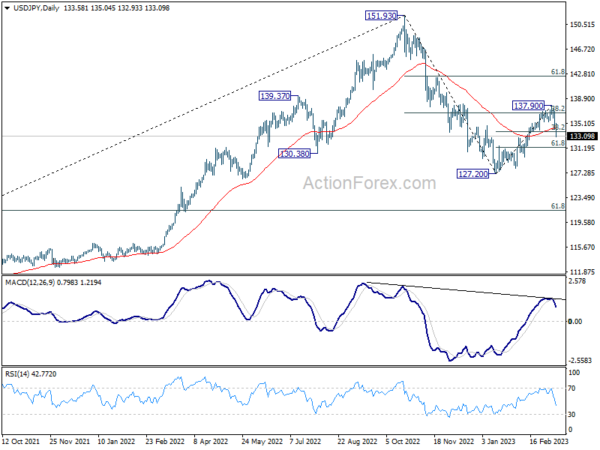
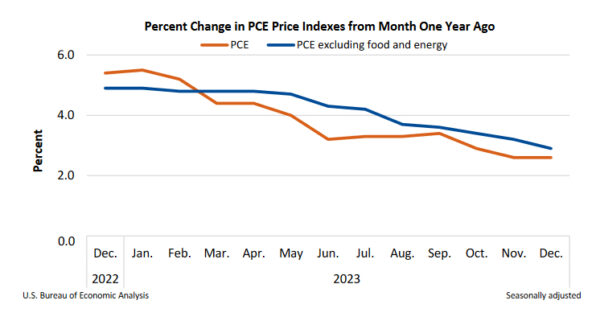
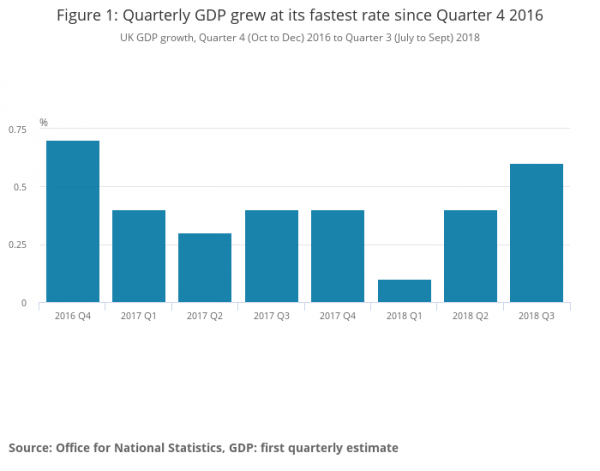
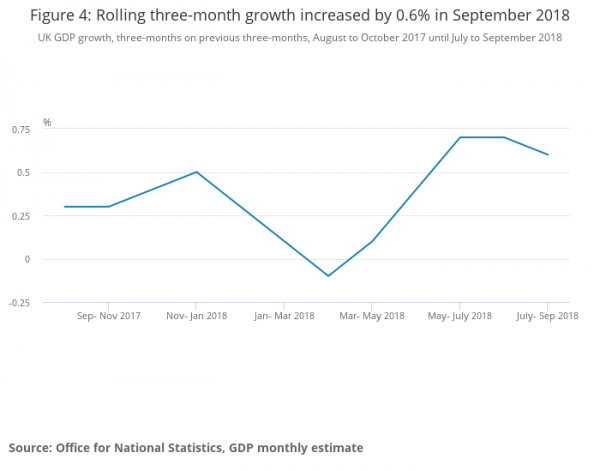
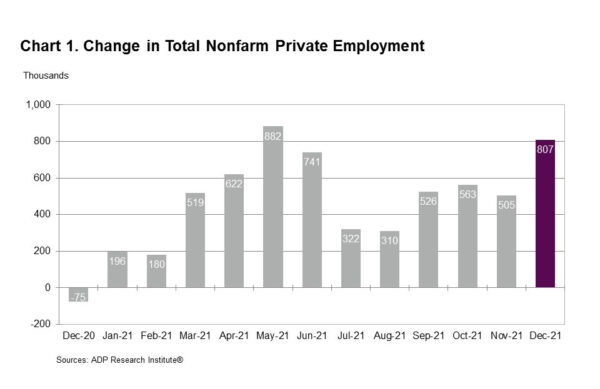
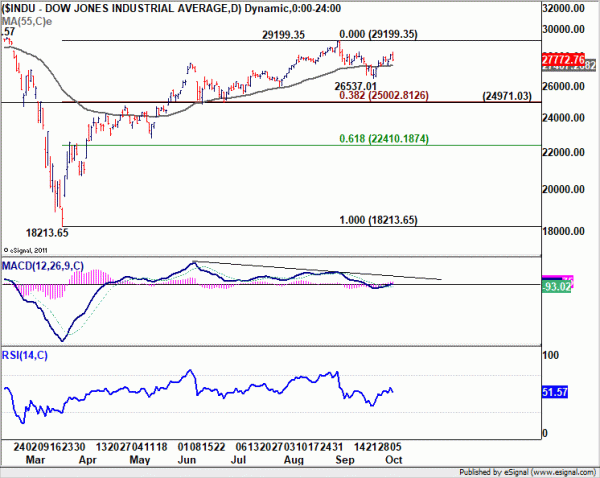
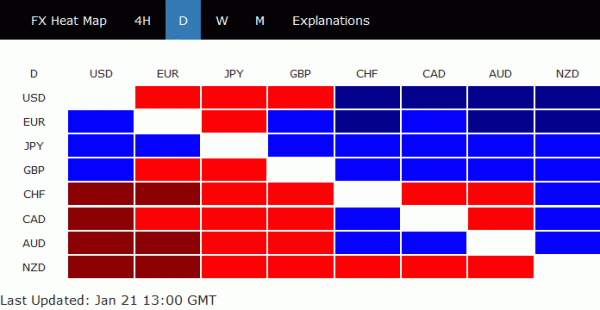
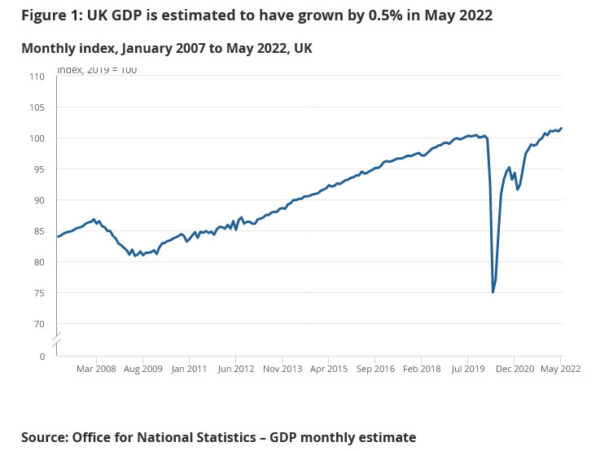
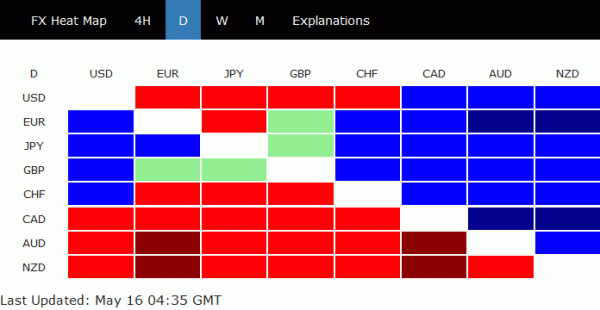
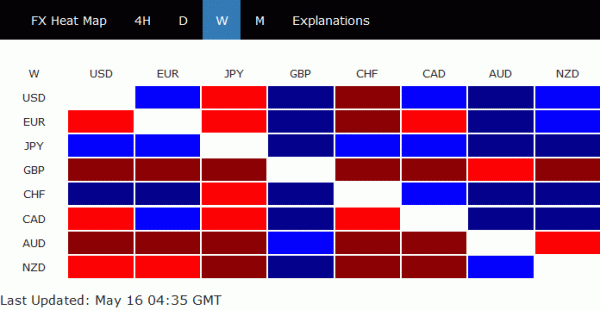

China posted solid production but weak retail sales data
After a delay amid the 20th Communist Party Congress last week, China released a batch of economic data today.
GDP grew 3.9% yoy in Q3, and beat expectation of 3.3% yoy. In September, industrial grew 6.3% yoy, faster than August’s 4.2% yoy, and beat expectation of 4.9% yoy. Retail sales, however, rose only 2.5% yoy, slowed from August’s 5.4% yoy, and missed expectation of 3.1% yoy. Fixed asset investment rose 5.9% ytd yoy, below expectation of 6.0%.
Also released, in USD term, exports rose 10.7% yoy in September. Imports rose 0.3% yoy. Trade surplus widened from USD 79.4B to USD 84.0B, above expectation of USD 81B.